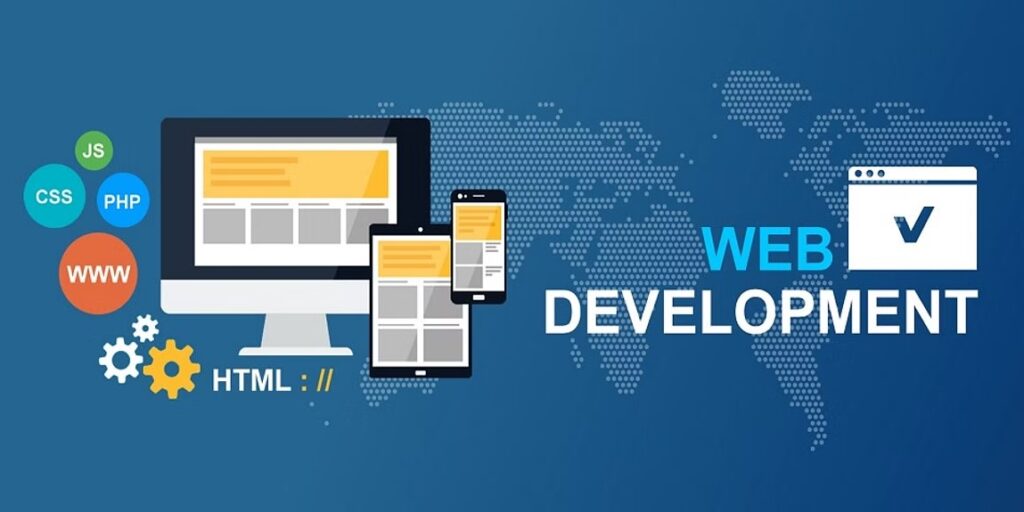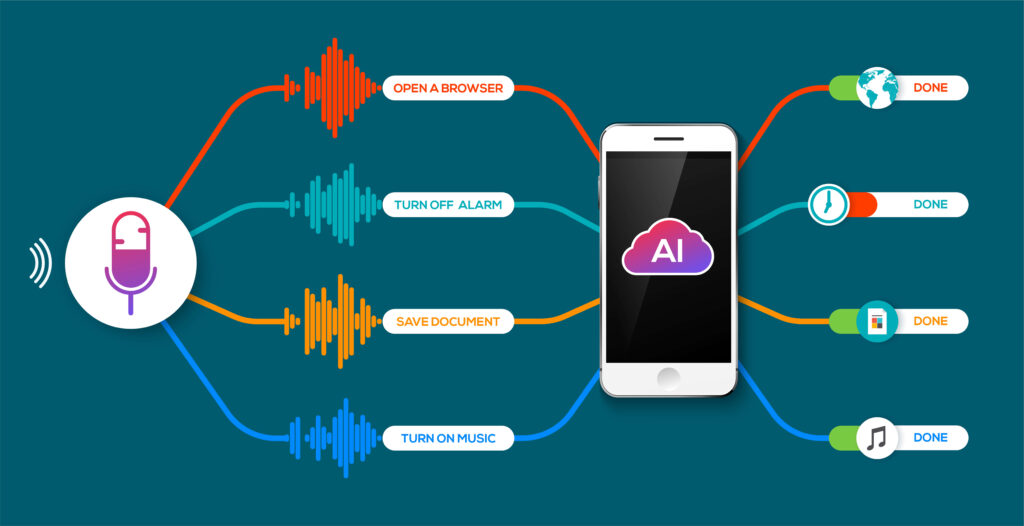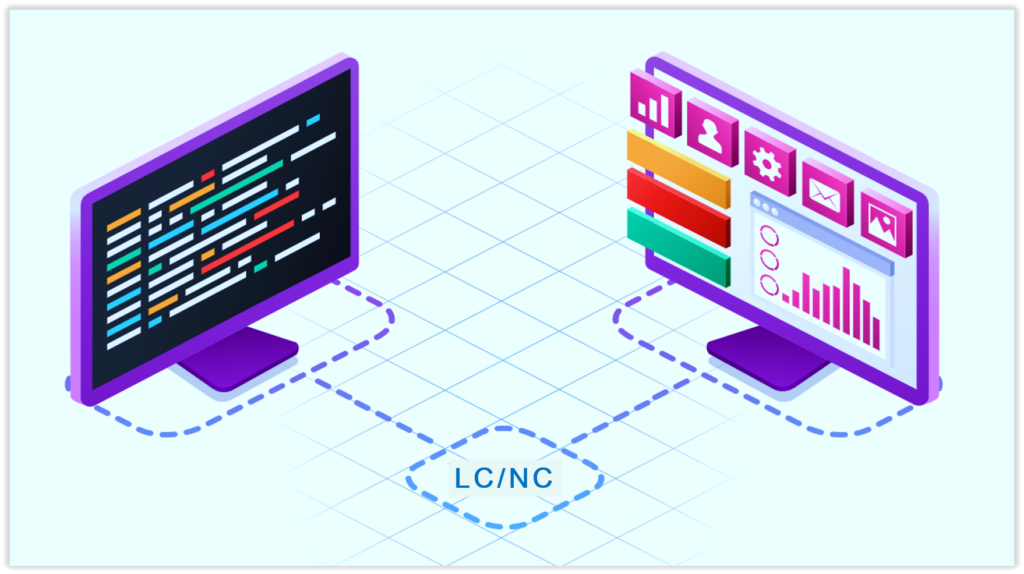If you’re interested in exploring the ever-changing realm of web development amidst the latest trends. This blog delves into the future of web development, its crucial role, and the dynamic shifts shaping the development process.
The ever-changing tech landscape propels the constant evolution of web development, guided by forward-thinking trends. Fueled by groundbreaking technologies, inventive frameworks, and a stiff dedication to design centered around user needs.
However, embracing the potential of emerging technologies and investing in proficient web development services is important for businesses aiming to excel through innovative design and development.
Let’s explore the anticipated future trends in web development.
History of Website Development

Source: yourstory.com
The origins of website development trace back to the birth of the World Wide Web (WWW) by Tim Berners in 1938. Initially conceived as a platform for information sharing and collection, its primary focus did not encompass diverse functions such as commercial use.
With each passing time, the web gained extreme popularity, and developers started to experiment with multiple techniques and technologies to improve user experience.
However, in 1990, the inclusion of server-side language PHP facilitated the creation of dynamic web pages, promoting the emergence of e-commerce and numerous online apps.
The technological advancements during the 2000s transformed the web development process significantly. We witnessed a considerable paradigm shift with the introduction of user-friendly frameworks like Ruby on Rails and Django, which revolutionized the landscape by simplifying the development of complex web applications.
In the mid of 2000s mobile device boom, responsive web design surfaced, aiming for a seamless user experience across various screen sizes.
The landscape of web development remains in a constant state of evolution, driven by groundbreaking technologies like JavaScript frameworks and APIs. These innovations consistently redefine the landscape, setting the course for the future of web development. Presently, emerging trends encompassing AI, ML, AR, and VR technologies have fundamentally transformed user interaction and engagement with the web.
Future Website Development Trends to follow in 2024
Here we will delve into the imminent trends poised to revolutionize the digital landscape.
Progressive Web Apps (PWAs)
These applications correspond to the strengths of web and mobile apps, crafting a user experience without boundaries. Harnessing advanced web capabilities, Progressive Web Apps (PWAs) excel in rapid loading, consistent performance, and the invaluable feature of offline access, facilitated by service workers adept at caching data.
This innovative technology blurs the traditional distinction between websites and native apps, granting users responsive, immersive experiences across diverse devices.
However, PWAs’ capacity to emulate native functionalities without requiring downloads positions them as a prominent choice in today’s digital ground, catering to user demands for seamless, feature-rich experiences, all without the burden of app installations.
Voice Search and AI Integration

The convergence of AI-driven voice search signs a transformative era in user engagement. Through the integration of natural language processing and sophisticated AI algorithms, websites now possess the capability to crack and promptly act upon voice commands, fundamentally elevating accessibility and user convenience.
As voice-activated devices become increasingly abundant, websites embracing and adeptly implementing voice-enabled functionalities position themselves to provide comprehensive and immersive user experiences.
This evolution not only caters to a broader audience but also pioneers a more intuitive and accessible online landscape, redefining how users interact with digital platforms.
WebAssembly (Wasm)
This groundbreaking technology revolutionizes web development by enabling high-performance Apps to run within web browsers. It’s a binary instruction format allowing languages like C++, and others to compile code that executes at near-native speeds in browsers.
Wasm substantially boosts the performance of web apps, unlocking the potential for complex functionalities and computations that were traditionally confined to native environments.
AR & VR Technology
Nowadays, it’s important to offer an immersive and real experience to users. For that purpose, AR and VR technology is leading a transformation in web experiences, shaping immersive and interactive digital landscapes.
Integrating AR|VR technology meticulously into web apps has a profound impact on users, offering virtual elements in their physical surroundings or complete immersion into virtual worlds.
Blockchain and Web 3.0
The decentralized essence of blockchain is revolutionizing the internet, enhancing core aspects like security, transparency, and data privacy.
However, beyond these improvements, blockchain’s integration into Web 3.0 signifies a substantial pivot towards user-centric digital environments, minimizing dependence on centralized entities.
However, this idea shift is driven by the explosion of decentralized applications (dApps), the implementation of smart contracts, and the deployment of resilient data storage solutions.
Low-Code/No-Code Development

Source: nic.in
Enabling those with limited coding skills, low-code/no-code platforms simplify app creation through visual interfaces and ready-made features.
These tools accelerate development, allowing a wider array of creators, including business users and citizen developers, to contribute in app development without requiring extensive coding expertise.
Machine Learning and Personalization
Implementing machine learning algorithms empowers websites to scrutinize user behavior and preferences. This data-centric approach allows the creation of tailored user experiences through predictive analytics, recommendation engines, and adaptable content customization.
By grasping user trends, websites dynamically fine-tune content, layout, and offerings, amplifying user engagement and contentment.
AI Artists and Metaverse Mainstream
However, the AI-driven tools autonomously craft diverse artistic elements, spanning graphics and multimedia, revolutionizing the creative workflow for developers and designers alike.
By swiftly analyzing user preferences, market trends, and brand identities, AI artists efficiently generate personalized and visually captivating content. This transformative technology not only expedites content production but also democratizes design, enabling individuals without extensive artistic prowess to create compelling visuals.
Simultaneously, the growing integration of the metaverse is set to redefine online experiences. Website development is pivoting toward crafting immersive, interconnected digital spaces within this expanding metaverse.
This paradigm shift necessitates a reimagining of web development strategies, emphasizing seamless integration, interactivity, and user-centric experiences within these dynamic metaverse landscapes.
Summing Up
The continuous evolution of web development sets the stage for its forthcoming journey. Revolutionary technologies such as AI and blockchain stand ready to redefine the very essence of web development in the upcoming era.
Enabling users to embark on a visual voyage while seamlessly shifting elements as they scroll provides developers with a powerful storytelling tool.
This dynamic method allows for narrative crafting, product showcasing, and information dissemination in captivating and resonant ways.
We have mentioned the top trends that every business and development company needs to follow to build immersive websites that rank higher in the competitive market.



